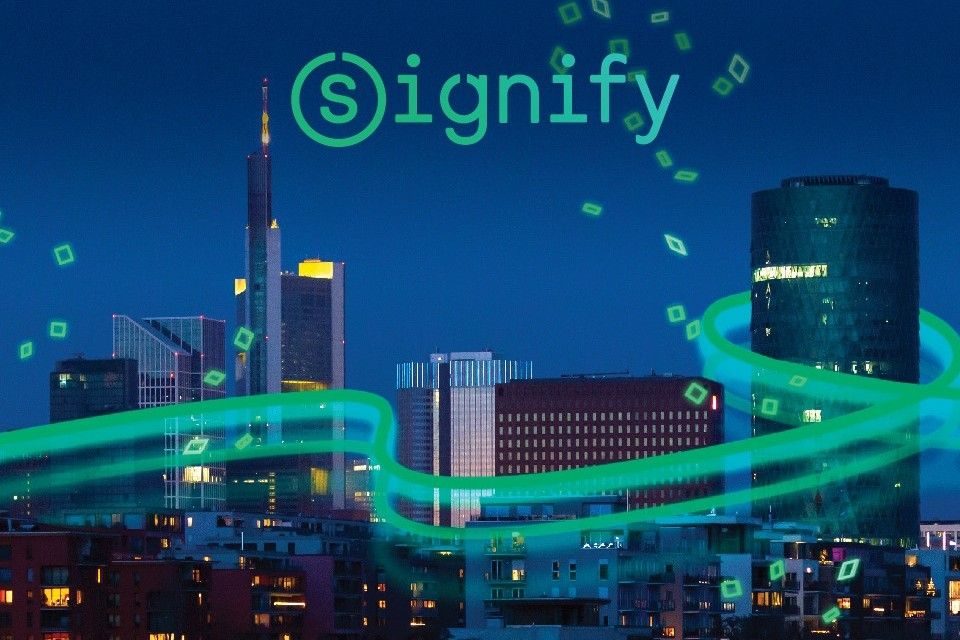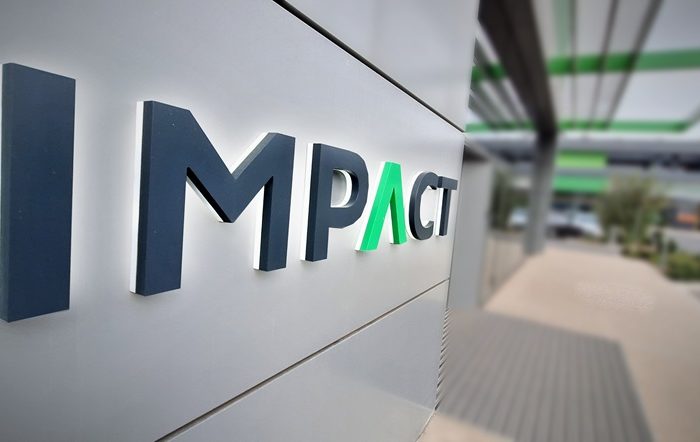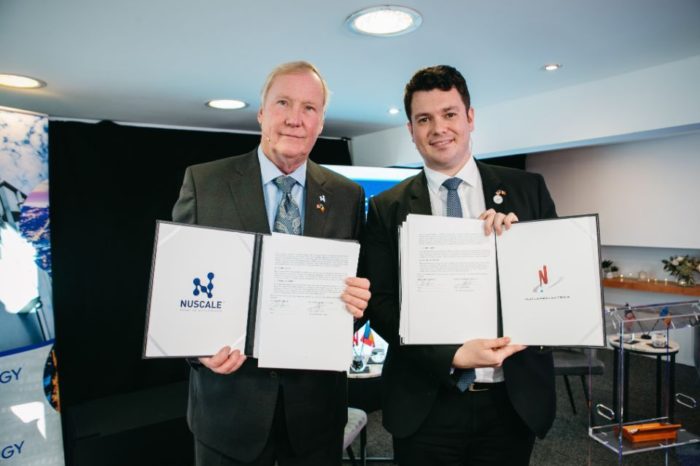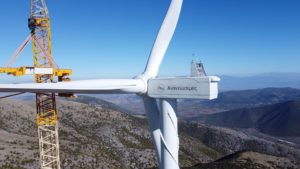Signify calls for fast transition to energy-efficient connected LED lighting

With global emissions rising at unprecedented levels and energy prices around the globe reaching all-time highs, it is now more urgent than ever that world and business leaders at COP26 in Glasgow commit to bolder targets to tackle climate change. Signify, the world leader in lighting, advocates a fast transition to energy-efficient connected LED lighting to accelerate decarbonization and advance digitalization for businesses and consumers.
According to Signify’s findings, switching to LED lighting in the professional market could reduce CO2 emissions by 553 million tonnes, the amount of emissions that 25 billion trees could sequester in a year. Making the switch would also generate electricity savings of 1,132 TWh, which is equivalent to the annual electricity consumption of 494 million households. This would save a total of EUR 177 billion per year on electricity costs.
Upgrading lighting is the quickest and least intrusive part of building and infrastructure renovation, reducing the built environment’s lighting-related energy consumption by up to 80 percent, delivering carbon emissions reductions and cost savings. By moving directly to connected lighting, countries can also further their digital ambitions. It will accelerate the adoption of smart technologies in government buildings, industry, and households around the world, reaping benefits in productivity, health and wellbeing, and digital innovation. A revision of buildings codes will help to accelerate renovations around the globe.
“Interventions like the switch to renewable energy take time to yield results. Adopting energy-saving technologies can instantly relieve many of the urgent energy challenges the world is facing in electricity and fuel shortages and price hikes. We can act today by accelerating the switch to energy-efficient lighting, by doubling the rate of building renovations per year, and by mobilizing consumers to make their own significant impact in the Race to Zero,” said Eric Rondolat, CEO of Signify. “Driving energy efficiency improvements will reduce emissions and at the same time save businesses and consumers money, and create jobs.”
“The current decade to 2030 will be decisive for world leaders to reach the goal of net zero by 2050. They must back their commitments by actions that deliver results on the short to medium term,” said Brian Motherway, Head of Energy at IEA. “We envisage that a move to more energy-efficient technologies is one of the core measures that will help us in our Race to Zero.”














